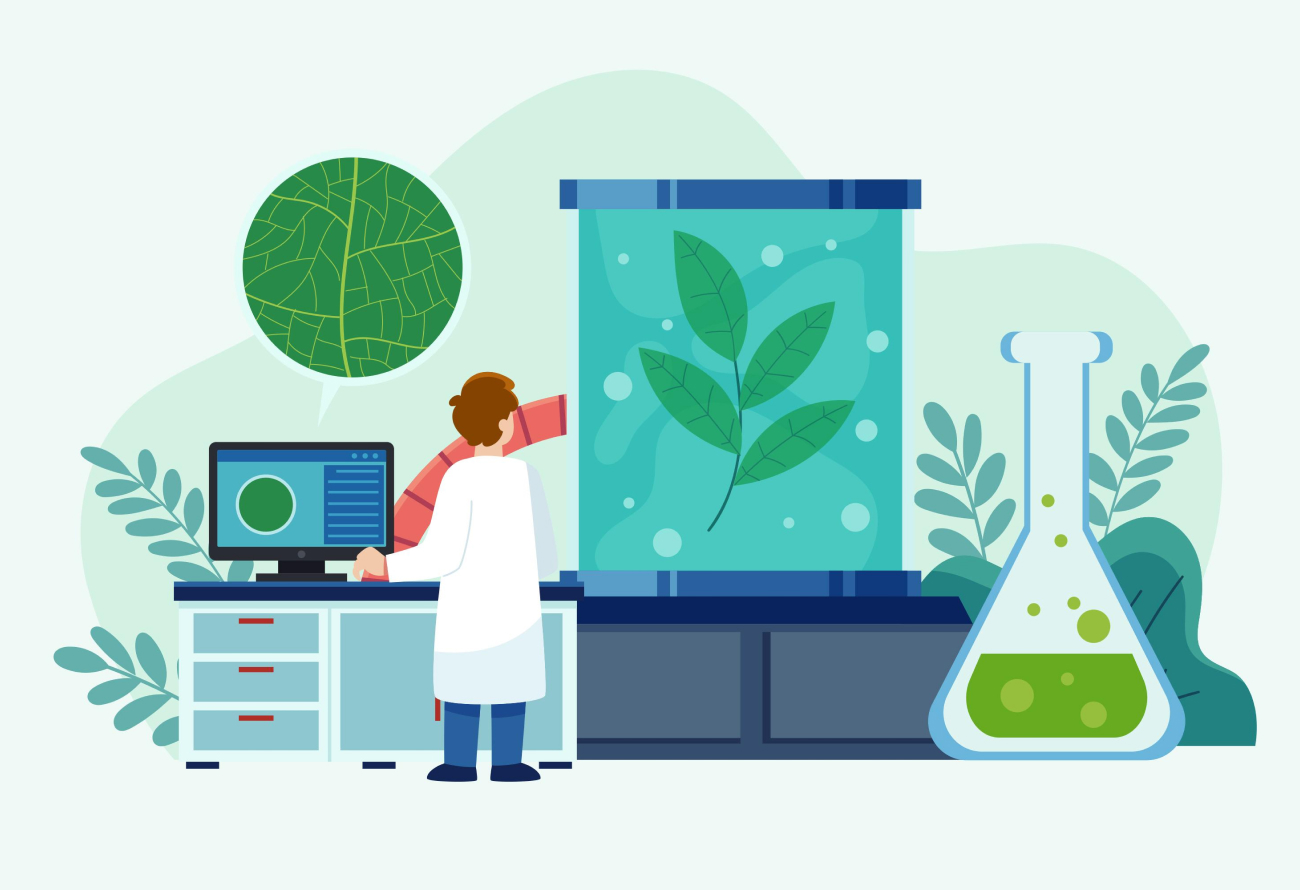
Synthetic Biology and Software Integration: Revolutionizing Life Sciences in 2025
Synthetic biology is no longer a distant dream—it’s a reality reshaping how we interact with living systems. By 2025, the fusion of synthetic biology and software integration is unlocking groundbreaking possibilities, from designing custom organisms to advancing medical treatments. For software companies, this emerging field offers a unique opportunity to innovate and lead. But what exactly is synthetic biology, and how does software play a pivotal role? Let’s explore this cutting-edge intersection.
What Is Synthetic Biology?
Synthetic biology blends biology, engineering, and technology to reprogram living organisms for specific purposes. Think of it as “coding” life—whether it’s engineering bacteria to produce biofuels or designing cells to fight diseases. In 2025, this field is gaining momentum, and software is the key to making it accessible and efficient. Keyword suggestion: “synthetic biology explained.”
The Role of Software in Synthetic Biology
Software acts as the brain behind synthetic biology’s ambitious goals. Here’s how it integrates into the process:
- Genetic Design Tools: Platforms like Benchling or SnapGene allow scientists to design DNA sequences digitally, simulating outcomes before lab work begins.
- Data Analysis: Machine learning algorithms analyze vast biological datasets to predict how engineered organisms will behave.
- Automation: Software controls lab equipment, streamlining experiments and reducing human error.
Opportunities for Software Companies
The marriage of synthetic biology and software opens doors for innovation:
- Build intuitive design platforms for biotech researchers.
- Develop AI models to predict biological outcomes with higher accuracy.
- Create secure, cloud-based systems for managing sensitive genetic data.
Challenges to Address
This field isn’t without hurdles. Software must tackle:
- Complexity: Biological systems are unpredictable, requiring robust simulation tools.
- Ethics: Ensuring synthetic biology is used responsibly demands secure, transparent software.
- Scalability: Solutions need to handle growing datasets as the industry expands.
Conclusion: Coding the Future of Life
Synthetic biology and software integration are set to redefine life sciences in 2025. For software companies, this is a chance to bridge technology and biology, driving innovations that matter. Whether it’s accelerating research or solving global challenges, your expertise could shape the future.
At Ranna, feel free to contact us for more insights into health technology solutions.
Our related service: https://www.ranna.com.tr/en/software-development-service/

